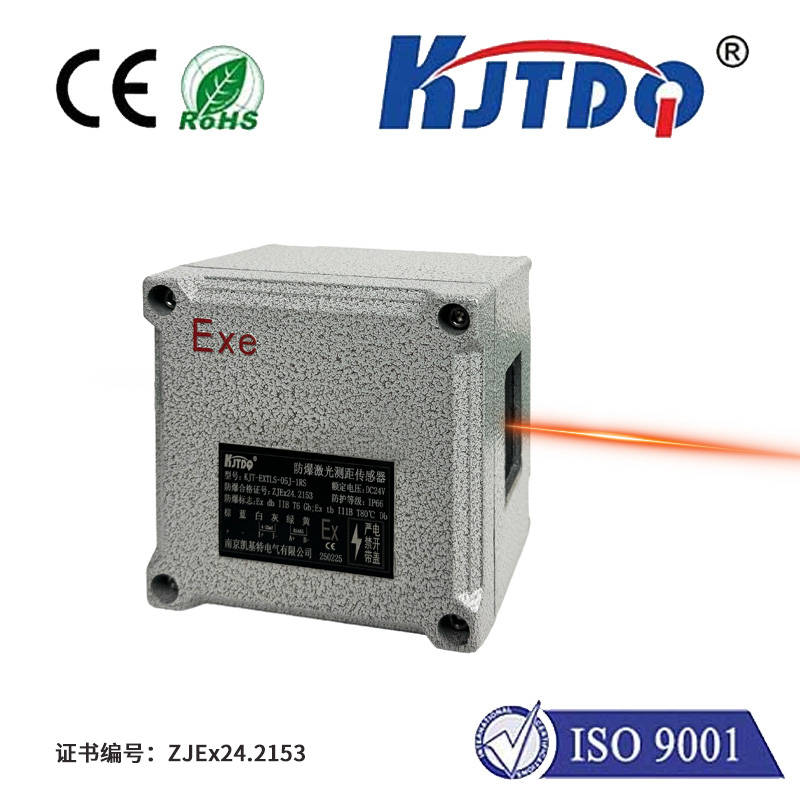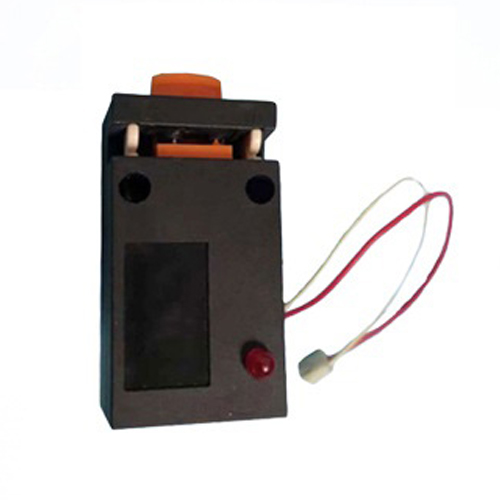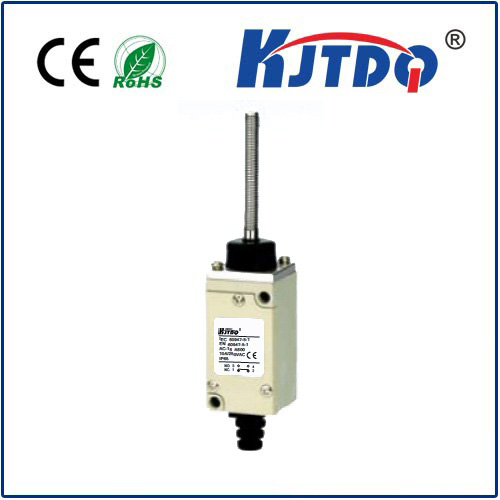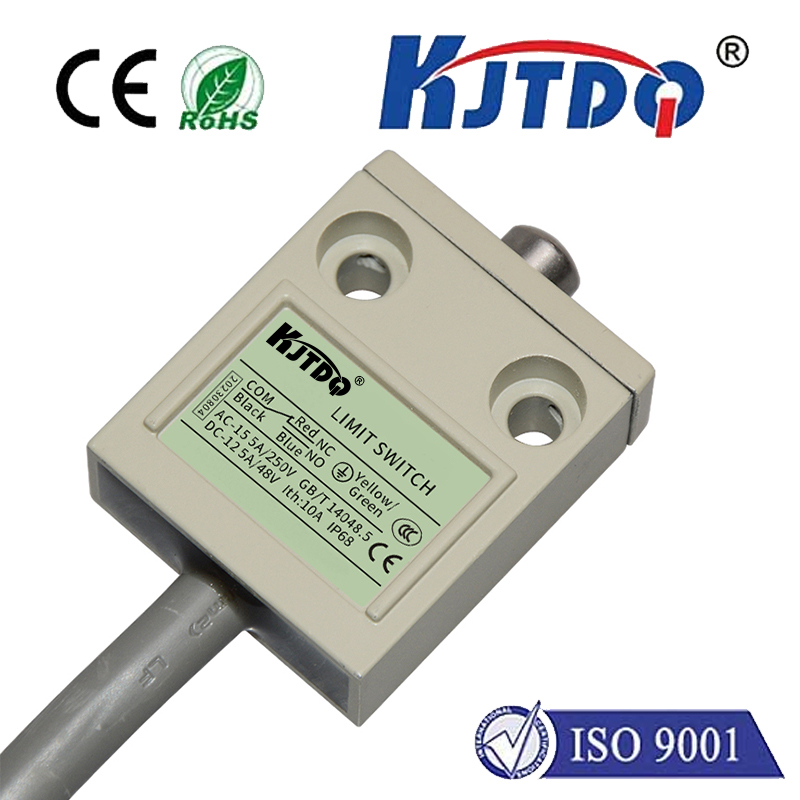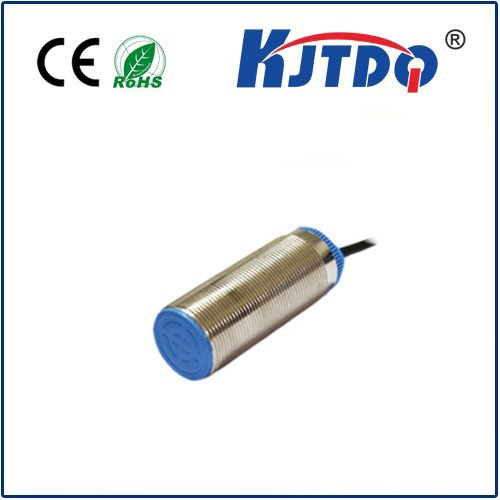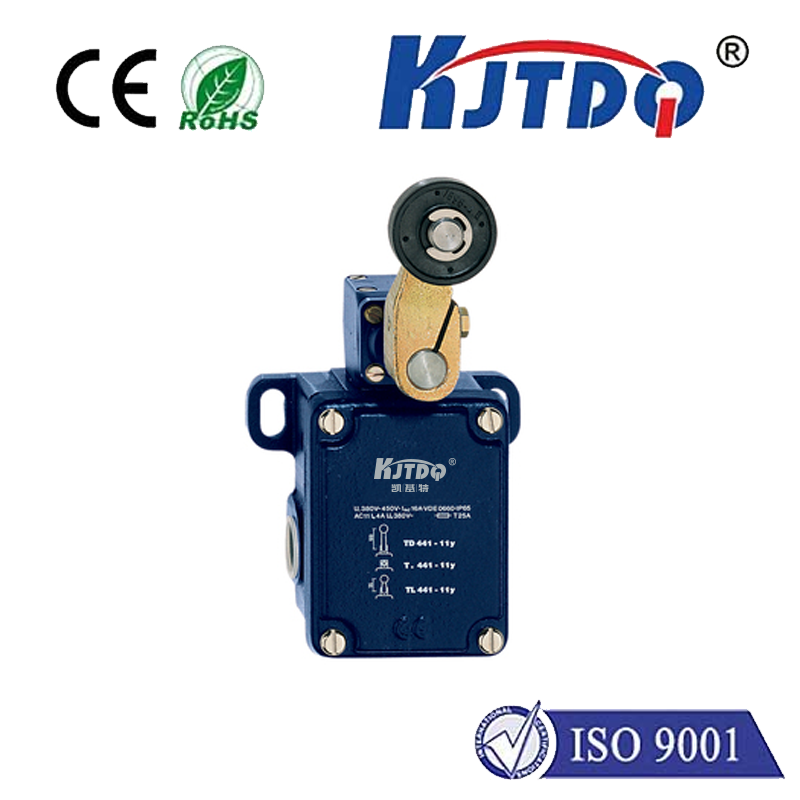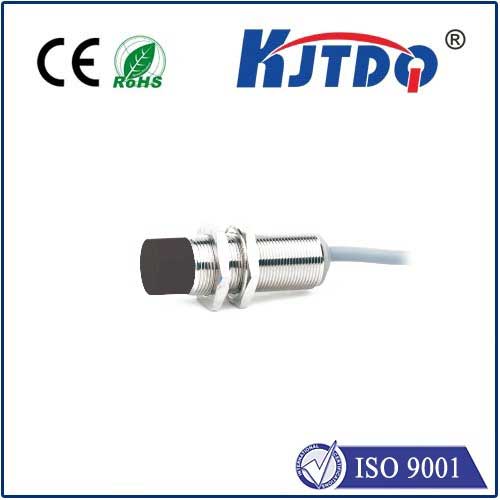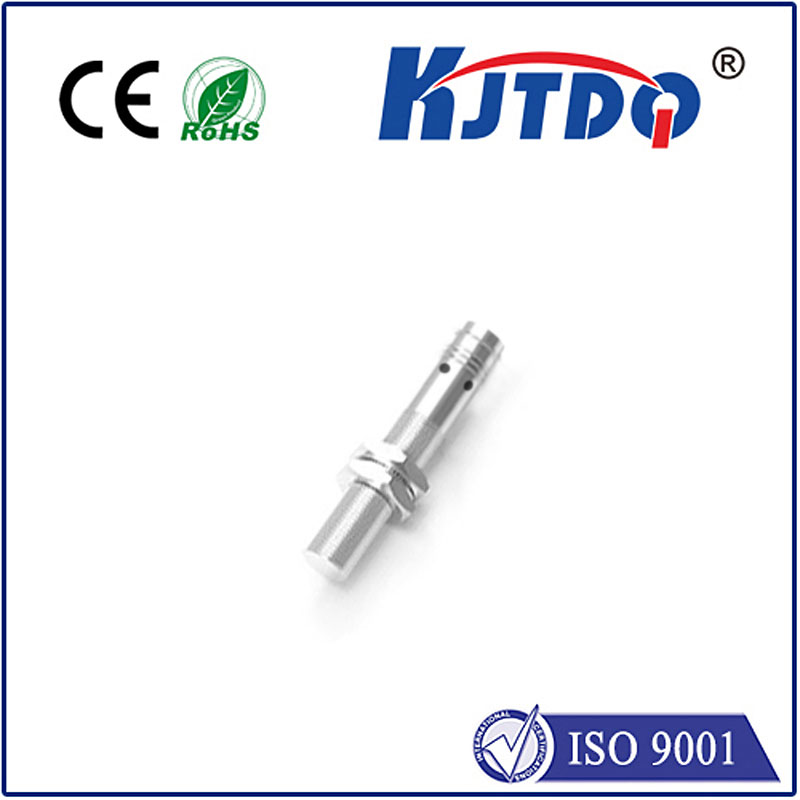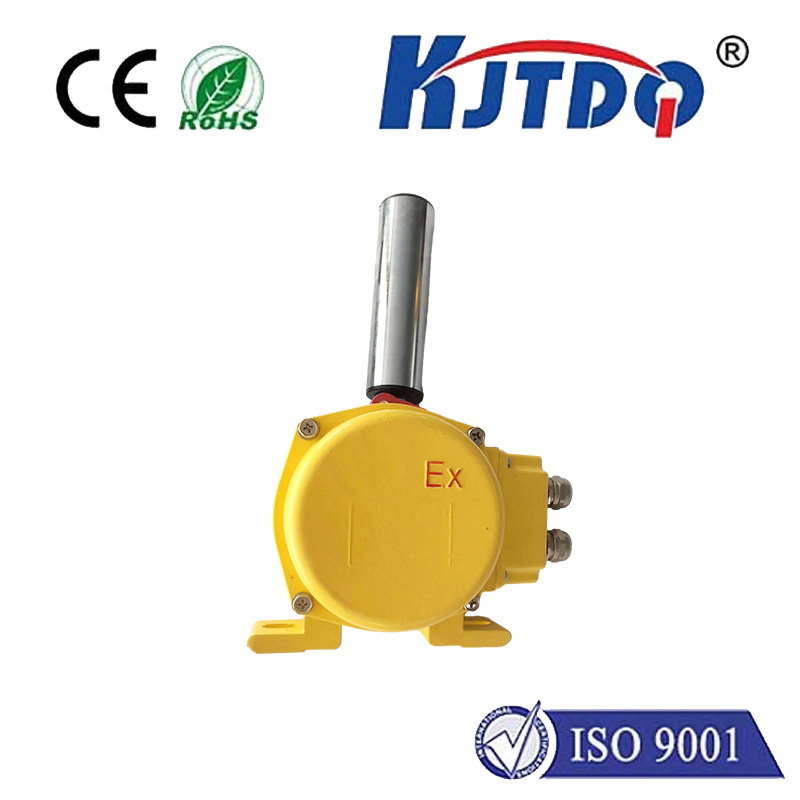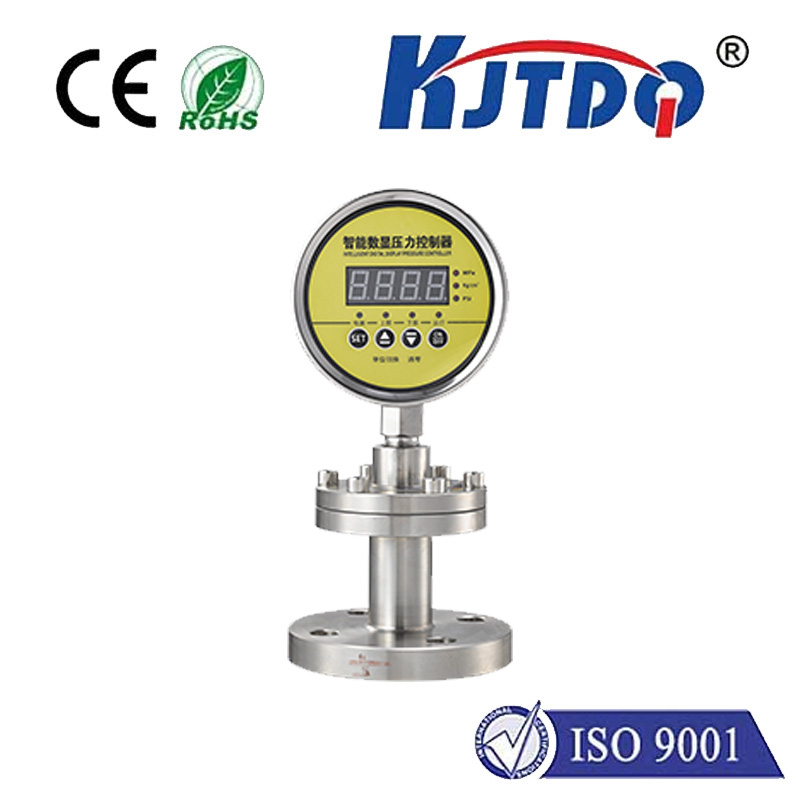BES03AU proximity sensor
- time:2025-10-14 04:06:47
- Click:0
Unlocking Precision Detection: The Versatile BES03AU Proximity Sensor
Imagine a complex factory assembly line humming with activity. Robotic arms swing with precision, conveyor belts glide seamlessly, and components snap together perfectly. What ensures this intricate dance avoids catastrophic collisions? Often, it’s the silent, unsung hero: the proximity sensor. Among these vital components, the BES03AU Proximity Sensor stands out as a remarkably reliable and adaptable solution for countless object detection challenges.
What is a BES03AU Proximity Sensor?
At its core, the BES03AU is an inductive proximity sensor. This means it detects the presence or absence of metallic objects without requiring physical contact. It operates on the principle of electromagnetic induction. The sensor head contains an oscillator generating a high-frequency electromagnetic field. When a metallic target (like steel, aluminum, copper, brass, etc.) enters this field, it induces eddy currents within the target. These currents absorb energy from the oscillator, causing its amplitude to decrease. The sensor’s integrated circuitry detects this change, triggering its output signal.
Key Features and Technical Strengths
The BES03AU isn’t just another sensor; it’s engineered for demanding industrial environments:

- Robust Construction: Typically housed in a rugged stainless steel sensing face body, it offers excellent resistance to impacts, vibrations, and harsh chemicals. Its IP67 or higher ingress protection rating means it shrugs off dust, oil, coolants, and even temporary submersion, making it suitable for washdown environments found in food processing or metalworking.
- Precise Reliable Detection: Engineered for a specific nominal sensing distance (Sn), often around 1.5mm, 3mm, 5mm, or 8mm depending on the specific variant, it provides consistent and repeatable detection. Operational reliability is paramount, minimizing false triggers or missed detections.
- Diverse Electrical Options: The BES03AU is commonly available in both PNP (sourcing) and NPN (sinking) transistor output configurations, allowing seamless integration with various PLCs (Programmable Logic Controllers) and control systems. It reliably operates over a standard 10-30V DC supply voltage range.
- Environmental Hardiness: Designed to perform flawlessly across a wide temperature range (commonly -25°C to +70°C), it functions reliably in freezing warehouses or hot foundries. Excellent resistance to electromagnetic interference (EMI) ensures stable operation even near large motors or welding equipment.
- Flush Mounting Capability: Many BES03AU variants feature a shielded design, allowing for flush mounting in metal surfaces. This protects the sensor head while enabling detection at its rated distance even when embedded.
- Status Indication: A built-in LED indicator provides visual confirmation of the sensor’s operational state (power on, target detected), simplifying installation, diagnostics, and maintenance.
- Switching Frequency: Offering a fast switching frequency, it can handle high-speed applications like detecting parts on fast-moving conveyors or counting rapidly passing objects.
Why “Proximity Sensor” Matters
The term “proximity sensor” defines the core function: detecting the presence, absence, or position of an object within a defined range without physical contact. This non-contact nature eliminates mechanical wear and tear, significantly extending the sensor’s lifespan compared to mechanical switches. It also allows for detection in environments where contact is impractical, impossible, or could damage the object or sensor.
Bridging the Gap: BES03AU vs. Other Sensor Types
While capacitive sensors detect non-metallic materials and ultrasonic sensors offer longer ranges, inductive sensors like the BES03AU excel where:
- Metallic targets are the primary detection objects.
- Harsh industrial environments demand ruggedness and environmental protection.
- High-speed detection and reliability are critical.
- Cost-effectiveness and simplicity of installation are priorities.
Its specific design focuses on delivering unparalleled reliability and durability for metal detection tasks in tough conditions.
Where the BES03AU Shines: Real-World Applications
The versatility of the BES03AU proximity sensor makes it indispensable across numerous sectors:
- Factory Automation: Position detection in robotic arms, end-of-stroke confirmation on cylinders, part presence verification on conveyors, machine guarding, and tool breakage detection.
- Material Handling: Monitoring pallet positions, detecting packages on sorting lines, verifying container presence at filling stations, and controlling gate mechanisms.
- Packaging Machinery: Confirming cap placement on bottles, detecting filled containers, counting products entering cartons, and monitoring film feed.
- Automotive Manufacturing: Verifying component positioning during assembly, detecting pistons, gears, or shafts, monitoring welding gun positions, and ensuring jig clamp engagement.
- Metalworking: Tool break detection on CNC machines, monitoring spindle position, confirming part clamping/unclamping, and detecting metal slugs.
- Building Automation: Monitoring door or gate positions (open/close), detecting elevator car levels, and controlling access barriers.
Maximizing Performance with Your BES03AU
To ensure optimal function and longevity:
- Choose the Correct Sensing Distance: Select a sensor with a nominal sensing distance (Sn) slightly larger than your maximum required mounting distance to account for installation tolerances and ensure reliable detection.
- Understand the Target: Inductive sensors have a reduction factor for different metals. While ferrous steel provides the maximum range, non-ferrous metals like aluminum or brass reduce the effective sensing distance. Consult the sensor datasheet for specifics.
- Consider Mounting: Utilize the flush mounting capability whenever possible to protect the sensor face. Non-flush mounting (unshielded sensors) offers a longer sensing range.
- Mind the Hysteresis: All proximity sensors have a small hysteresis zone. This is the difference between the point where the sensor detects the target approaching and where it detects the target receding. It prevents output chatter when a target is near the detection boundary.
- Proper Wiring: Ensure correct polarity and voltage according to the sensor’s specifications (PNP vs. NPN, 10-30V DC). Always follow the manufacturer’s wiring diagram.
- Avoid Overloading: Connect the output to a load within its rated current capacity. Using an overload protection device is often recommended.






